
The Shipping Paper – US 49CFR
(scroll down for TDGR)
What is the shipping paper? The 49CFR defines it as:
Shipping paper means a shipping order, bill of lading, manifest or other shipping document serving a similar purpose and prepared in accordance with subpart C of this chapter.
Every shipper who offers a package of regulated hazardous materials by ground, must complete a shipping paper and provide it to the carrier. They (the shipper) must also retain a copy of the document for 2 years.
The penalty for not providing a shipping paper ranges from $3700-$7500. Forgetting something like a UN number or having it in the wrong order will cost you $1200-$2500.
Why is this one of PHMSA’s top violations after training and incorrect closures for packaging? Attention to detail? Lack of training?
Let us look at the requirement.
First, there is no set format. Each carrier will have their own version. It is important that all required elements are present.
Shipping papers are found in 49CFR Part 172.200. Of course, you will need the shipper and receiver company and address information, then:
Step 1 – Number and type of packages. This should look something like 10 drums or 10 Fiberboard boxes.
Step 2 – X in the hazmat column.
Step 3 – ISHP – Identification number, Shipping name, Hazard class(es), and Packing group (if applicable) – IN THAT ORDER. Note if a subsidiary hazard is present, it should appear in brackets after the primary hazard, and the packing group is always in roman numerals.
Step 4 – Add your net weight or gross weight. Note that your carrier may want both and may also want the dimensions of your package or skid.
Repeat Steps 1-4 as needed for your shipment.
Step 5 – Add your 24-hour phone number. If this is outsourced, add that company name and your contract number.
Step 6 – Read and CONSIDER the certification statement. If you believe with all your heart, it to be true then move to Step 7.
Step 7 – Sign and Date your shipping paper
Note that there may be additional references needed on the shipping paper for situations including, but not limited to RQ, Marine Pollutant, HOT, Inhalation hazard, DOT Special Permit Number etc. Consult the regulation for more detail.
Here is an example of what it might look like:
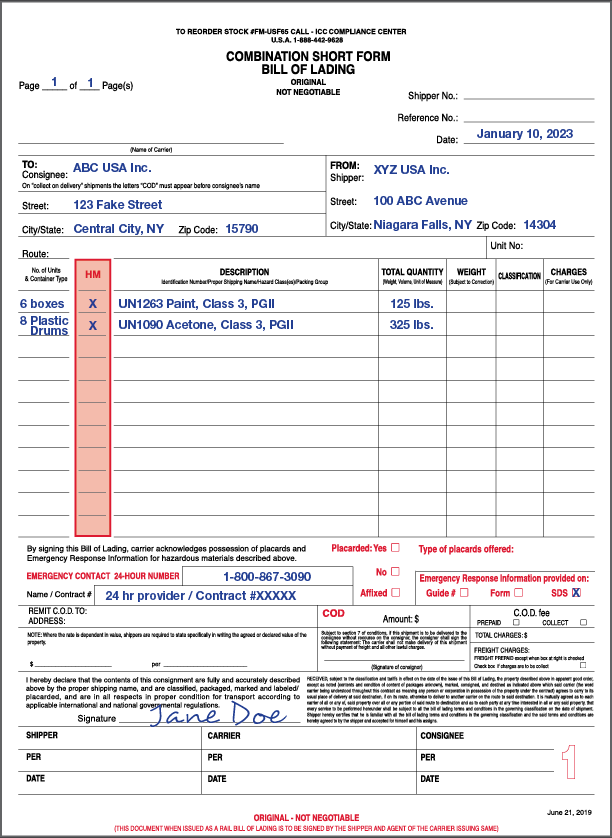
Canada TDG Regulations
What is a shipping document?
According to the TDG Regulations, a shipping document means a document that relates to dangerous goods that are being handled, offered for transport or transported and that contains the information required by Part 3 (Documentation) relating to the goods but does not include an electronic record.
In Canada, when shipping fully regulated Dangerous Goods, the consignor must prepare and give to the carrier a shipping document. They, the consignor (the shipper) must retain a copy of the shipping document for 2 years.
According to the TDG Act, pursuant to Schedule XV of the Contraventions Regulations, failure to do so may result in a fine of $500.00 or more.
To avoid those fines, let us look at the requirement.
First, there is no set format. Each carrier will have their own version. It is important that all required elements are present.
Documentation is in Part 3 the Transportation of Dangerous Goods Regulations. Of course, you will need the shipper and receiver company and address information and the date of shipment, then:
Step 1 – Number and type of packages. This should look something like 10 drums or 10 Fiberboard boxes.
Step 2 – X in the DG (MD) column.
Step 3 – ISHP – Identification number, Shipping name, hazard class(es), and packing group (if applicable) – IN THAT ORDER. Note if a subsidiary hazard is present, it should appear in brackets after the primary hazard, and the packing group is always in roman numerals. Don’t forget the technical name if Special Provision 16 is shown.
Step 4 – Add your net weight or gross weight. Note that your carrier may want both and may also want the dimensions of your package or skid. These must be in metric. Add your number of packages, if in a small means of containment.
Repeat Steps 1-4 as needed for your shipment.
Step 5 – Add your 24-hour phone number. If this is outsourced, add that company name and your contract number. The words “24-Hour Number” or an abbreviation of that term must come before the phone number. For example: 24-Hour Number: XXX-XXX-XXXX.
Step 6 – Read and CONSIDER the certification statement. If you believe with all your heart, it to be true then move to Step 7.
Step 7 – Sign and Date your shipping paper
Note that there may be additional references needed on the shipping paper for situations including, but not limited to ERAP (Emergency Response Assistance Plan), Marine Pollutant, Fumigation unit, Inhalation hazard, Residue last contained etc. Consult the regulation for more detail.
Here is an example of what it might look like:
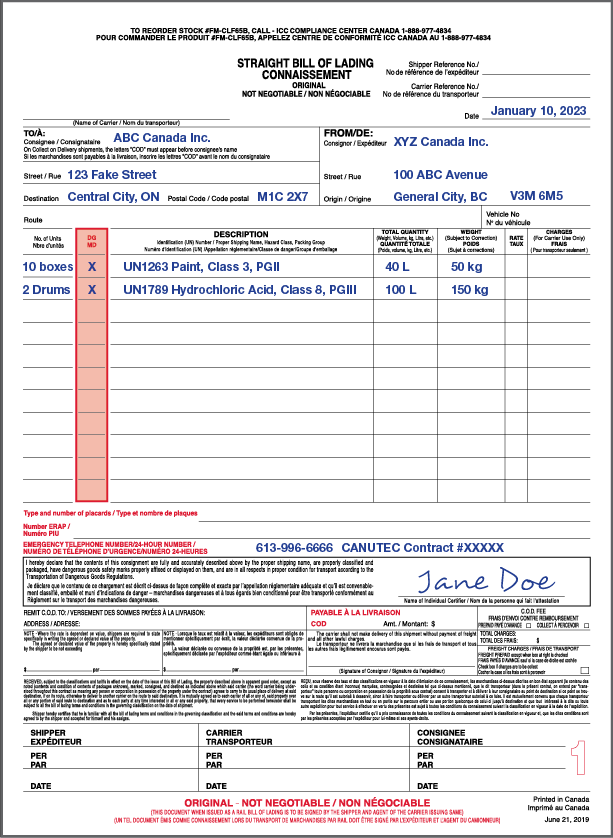
At ICC, our Bills of Lading comply with the requirements of DOT 49CFR 172.200 hazardous materials regulations in the U.S.A. and Transport Canada’s TDG Part of regulations.
Do you have questions about shipping dangerous goods and Bills of Lading?
Our team of Regulatory Experts is just a call away for our customers at 855.734.5469 or send us an email, we’re happy to help.
Stay up to date and sign up for our newsletter!
We have all the products, services and training you need to ensure your staff is properly trained and informed.
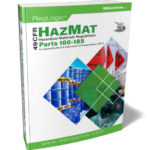 US 49 CFR US 49 CFRPublications |
 Shipping Dangerous Goods Shipping Dangerous GoodsTraining Courses |
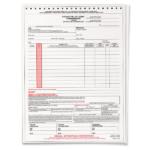 Bill of Lading – USA Bill of Lading – USA |

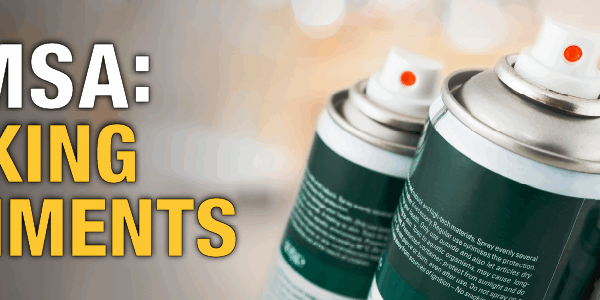

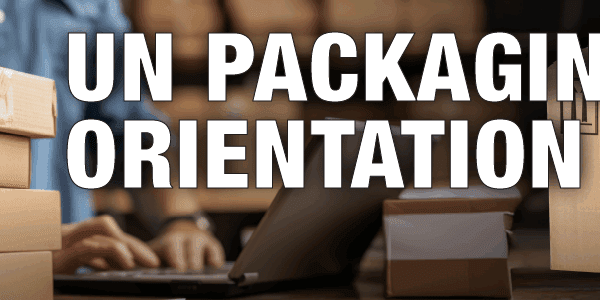


 ICC USA
ICC USA ICC Canada
ICC Canada